Creating a backyard that attracts wildlife is not only a rewarding experience but also a way to contribute to local ecosystems. Whether you’re a bird enthusiast, a butterfly lover, or simply want to enjoy the sights and sounds of nature, there are plenty of ways to make your backyard a haven for wildlife. In this guide, we’ll explore practical tips, tools, and strategies to attract birds, butterflies, bees, and other creatures to your outdoor space. From birdhouses and feeders to native plants and water features, let’s dive into how you can transform your backyard into a wildlife sanctuary.
Why Attract Wildlife to Your Backyard?
Before we get into the “how,” let’s talk about the “why.” Attracting wildlife to your backyard offers numerous benefits:
- Biodiversity Support: Providing food, shelter, and water helps sustain local wildlife populations. Many species are struggling due to habitat loss, and your backyard can serve as a mini-refuge.
- Natural Pest Control: Birds, bats, and beneficial insects can help control pests like mosquitoes, aphids, and caterpillars, reducing the need for chemical pesticides.
- Pollination: Bees, butterflies, and other pollinators are essential for healthy gardens and ecosystems. By attracting them, you’ll improve the productivity of your plants.
- Educational Opportunities: A wildlife-friendly backyard is a great way to teach kids about nature, conservation, and the interconnectedness of ecosystems.
- Relaxation and Enjoyment: Watching birds, butterflies, and other creatures can be a calming and joyful experience, offering a sense of peace and connection to nature.
Now, let’s explore the steps to create a wildlife-friendly backyard.
1. Install Birdhouses and Nesting Boxes
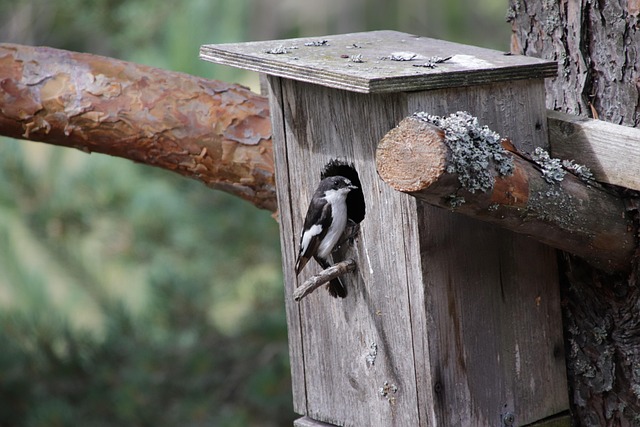
Birdhouses and nesting boxes provide safe spaces for birds to raise their young. Different bird species have different preferences, so it’s important to choose the right type of birdhouse for the birds in your area.
– Choose the Right Size and Design: For example, bluebirds prefer houses with a 1.5-inch entrance hole, while wrens need a smaller 1-inch hole. Research the birds native to your region and select birdhouses that cater to their needs.
– Placement Matters: Mount birdhouses on poles or trees, away from predators like cats. Face the entrance hole away from prevailing winds to protect the birds from harsh weather. Ensure the birdhouse is at the appropriate height for the species you’re targeting.
– Maintenance: Clean birdhouses annually to prevent disease and parasites. Remove old nesting materials and scrub the interior with a mild bleach solution.
For more information on birdhouse designs and placement, check out this guide from the Audubon Society
2. Set Up Bird Feeders
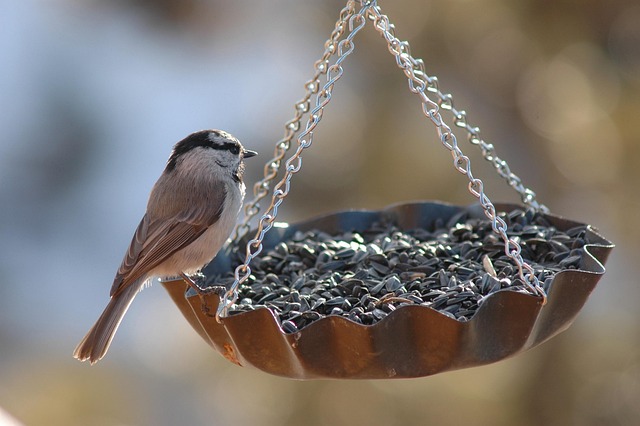
Bird feeders are a simple and effective way to attract a variety of birds to your backyard. Here’s how to get started:
– Choose the Right Feeder: Tube feeders are great for small birds like finches, while platform feeders attract larger birds like cardinals. Suet feeders are ideal for woodpeckers and nuthatches.
– Offer a Variety of Food: Different birds prefer different foods. Sunflower seeds are a favorite among many species, while nyjer seeds attract goldfinches. Suet is high in fat and provides energy, especially in winter.
– Keep It Clean: Regularly clean feeders to prevent mold and disease. Use a brush and mild soap to scrub feeders, and rinse them thoroughly before refilling.
For a comprehensive guide on bird feeders and food, visit The Spruce.
3. Plant Native Plants
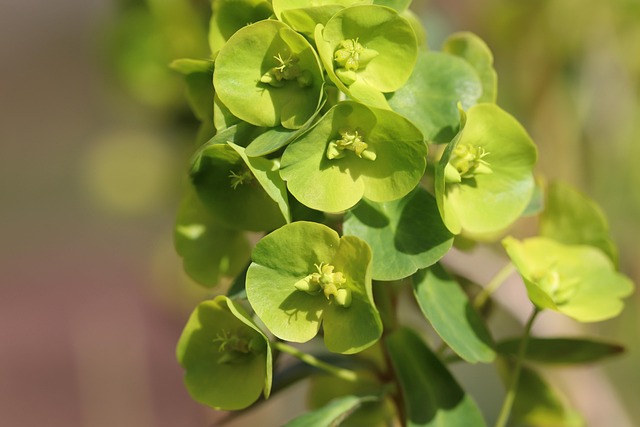
Native plants are the backbone of a wildlife-friendly backyard. They provide food and shelter for birds, insects, and other animals while requiring less maintenance than non-native species.
– Choose Plants for Different Seasons: Include plants that bloom in spring, summer, and fall to provide year-round food sources. For example, milkweed is essential for monarch butterflies, while coneflowers attract bees and birds.
– Focus on Diversity: Plant a mix of trees, shrubs, flowers, and grasses to attract a variety of wildlife. Trees like oaks and maples provide acorns and seeds, while shrubs like elderberry offer berries.
– Avoid Pesticides: Chemicals can harm beneficial insects and disrupt the ecosystem. Opt for natural pest control methods, such as introducing ladybugs or using neem oil.
For a list of native plants in your region, visit the National Wildlife Federation’s Native Plant Finder. See also: Best Plants for Backyard Ponds.
4. Add a Water Feature
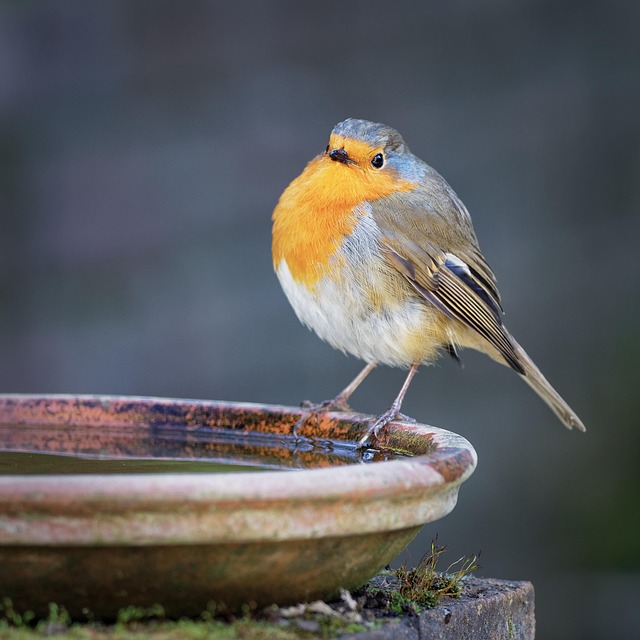
Water is essential for wildlife, and adding a water feature to your backyard can attract birds, butterflies, and even frogs.
– Birdbaths: Choose a shallow birdbath with a rough surface for grip. Keep it clean and refill it regularly to prevent mosquitoes from breeding.
– Ponds: A small pond can attract frogs, dragonflies, and other aquatic creatures. Add aquatic plants like water lilies to provide habitat and improve water quality.
– Dripping Water: Birds are attracted to the sound of dripping water. Consider adding a dripper or fountain to your birdbath or pond.
Learn more about creating a wildlife-friendly water feature from Gardeners’ World.
5. Create Shelter and Habitat
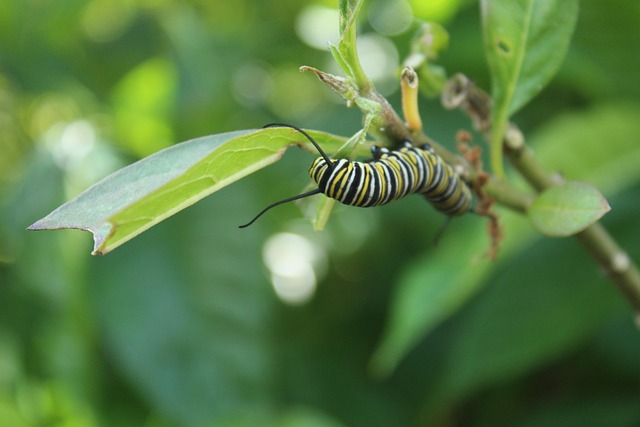
Wildlife needs shelter to hide from predators, raise their young, and survive harsh weather. Here are some ideas:
– Brush Piles: Stack fallen branches and leaves to create hiding spots for small animals like rabbits and chipmunks.
– Rock Piles: Rocks provide shelter for insects, lizards, and amphibians. Arrange them in sunny spots to create warm habitats.
– Dense Shrubs and Trees: Plant evergreens and dense shrubs to offer year-round cover. Hedges and thickets are ideal for nesting birds.
For tips on creating wildlife habitats, visit The Wildlife Trusts.
6. Attract Pollinators

Bees, butterflies, and other pollinators are crucial for a healthy ecosystem. Here’s how to attract them:
– Plant Pollinator-Friendly Flowers: Choose flowers like lavender, coneflowers, and milkweed. Plant them in clusters to make it easier for pollinators to find them.
– Provide Nesting Sites: Install bee hotels or leave bare patches of soil for ground-nesting bees. Avoid disturbing these areas during nesting season.
– Avoid Chemicals: Pesticides can harm pollinators, so opt for natural pest control methods. Encourage natural predators like ladybugs and lacewings.
For more information on attracting pollinators, check out Xerces Society
7. Offer Food Sources

In addition to bird feeders, you can provide natural food sources for wildlife:
– Berry-Producing Plants: Plants like holly, elderberry, and serviceberry provide food for birds. Plant them in groups to increase their visibility and accessibility.
– Insect-Friendly Plants: Many birds rely on insects for food, so avoid using insecticides. Plant flowers that attract aphids and caterpillars, which are important food sources for birds.
– Fruit Trees: Apple, cherry, and pear trees can attract birds and other animals. Allow some fruit to fall to the ground to provide food for ground-feeding species.
For a list of wildlife-friendly plants, visit Lady Bird Johnson Wildflower Center.
8. Reduce Lawn Space
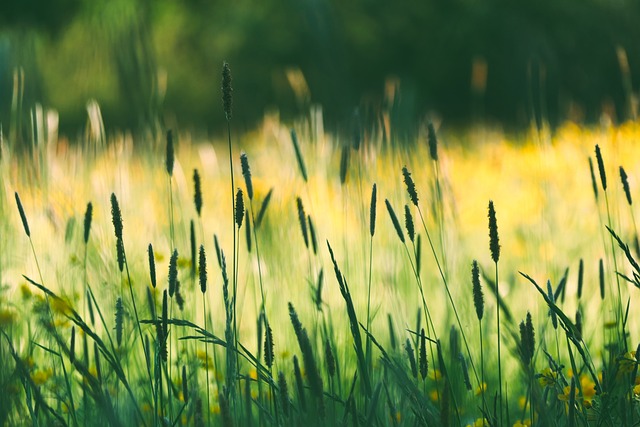
Lawns offer little value to wildlife. Consider replacing some of your lawn with native plants, flower beds, or a vegetable garden.
– Create Wildflower Meadows: Wildflowers attract pollinators and add beauty to your backyard. Choose a mix of annuals and perennials for continuous blooms.
– Add Mulch and Ground Cover: Mulch provides habitat for insects and retains soil moisture. Use organic mulch like wood chips or straw.
Learn more about reducing lawn space from American Meadows.
9. Provide Nesting Materials
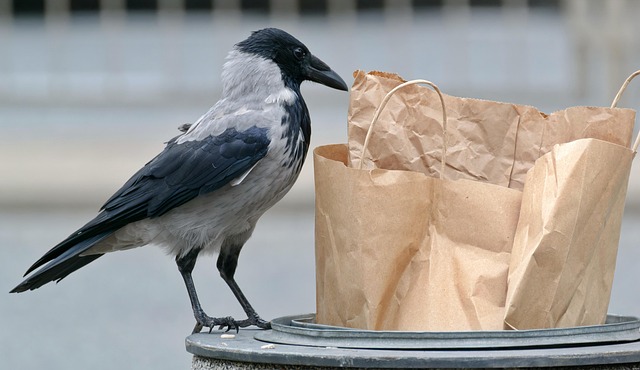
Birds and other animals need materials to build their nests. You can help by providing:
– Natural Materials: Leave twigs, leaves, and grass clippings in your yard. Avoid using lawn mowers or leaf blowers in areas where birds are nesting.
– Man-Made Materials: Offer yarn, pet fur, or cotton in a mesh bag. Place the bag in a visible location where birds can easily access it.
For tips on providing nesting materials, visit All About Birds. See also: Why So Many Crows Appear All of a Sudden.
10. Be Patient and Observant Attracting wildlife takes time.
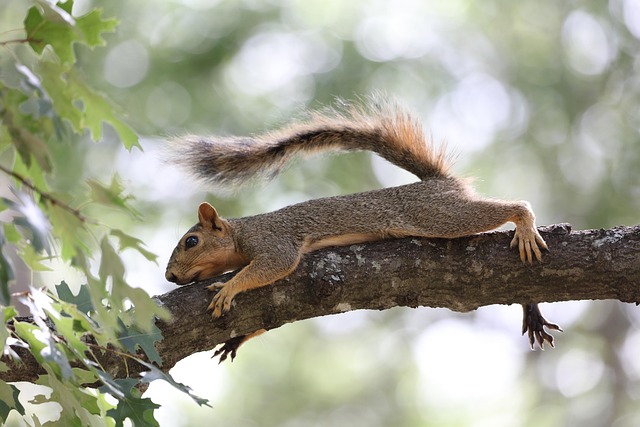
Be patient and observe the changes in your backyard. Keep a journal to track the species you see and adjust your strategies as needed. Over time, you’ll notice an increase in the diversity and abundance of wildlife in your backyard.
Conclusion
Transforming your backyard into a wildlife-friendly space is a fulfilling project that benefits both you and the environment. By installing birdhouses, setting up feeders, planting native plants, and providing water and shelter, you can create a thriving habitat for birds, butterflies, and other creatures. Remember, every small step counts, and even a few changes can make a big difference.
Start today, and soon you’ll enjoy the sights and sounds of nature right outside your door. For more inspiration and resources, explore the links provided throughout this post. Happy gardening!